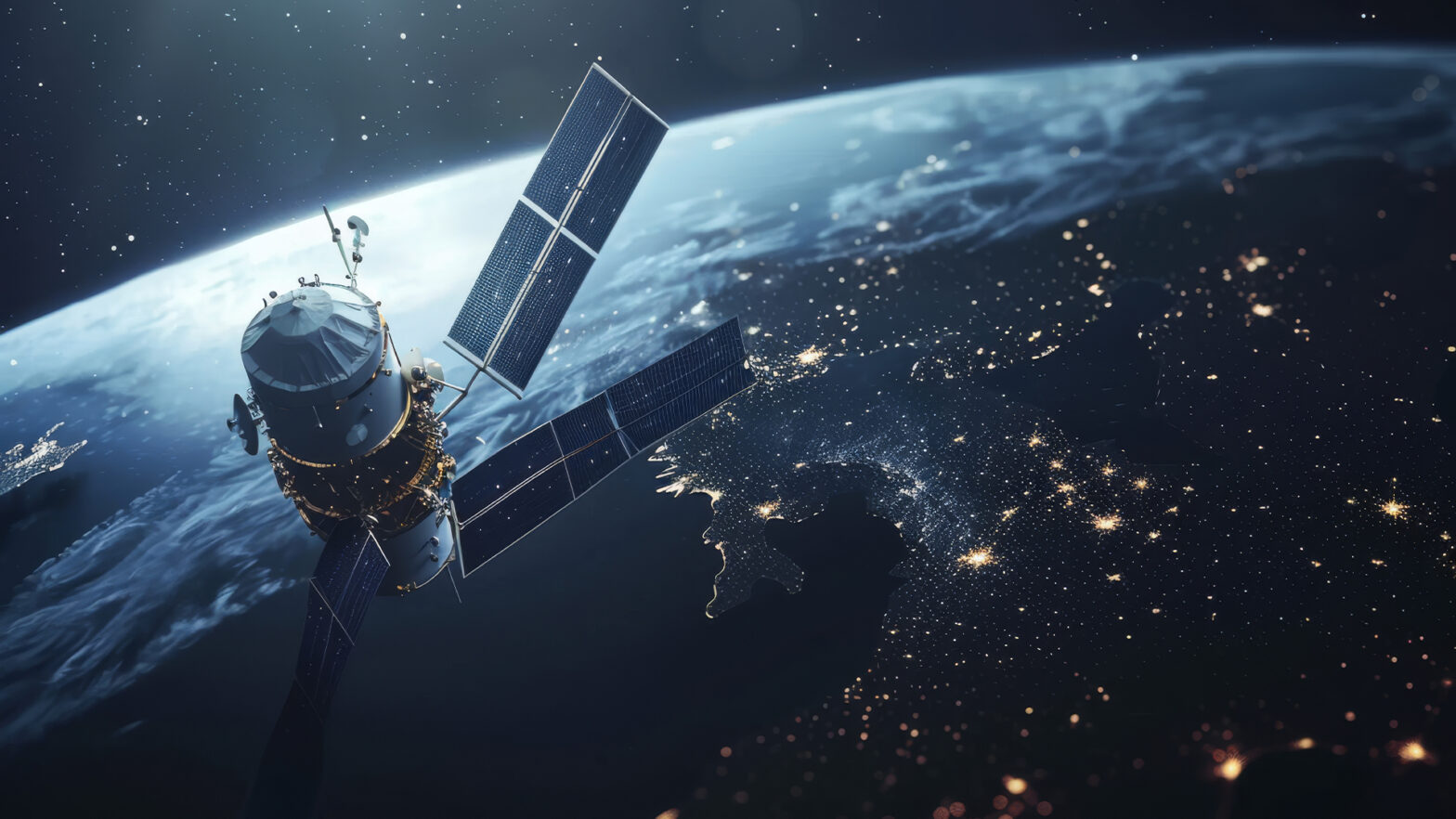

By Forbes McKenzie, founder, and CEO of McKenzie Intelligence Services
As the global climate continues to change at such an alarming rate due to factors like the burning of fossil fuels, deforestation, and farming livestock, the risk of climate hazards and extreme weather disasters is growing exponentially. Indeed, according to Oxfam, the number of climate-related disasters has tripled over the course of the last 30 years, with the rate of global sea-level rise being 2.5 times higher between 2006 and 2016 than it was for almost all of the 20th century. These and other climate-related factors have, the charity says, resulted in more than 20 million people a year being forced from their homes, and the United Nations Environment Programme estimates that adapting to climate change and coping with the damage it causes will cost developing nations between $140 and $300 billion a year by 2030.
It’s increasingly evident that the world finds itself in the midst of an ever-growing climate emergency, with events throughout 2024 like wildfires in California and deadly floods in Southern China providing constant reminders of this fact. This is certainly an alarming prospect, but while the crisis isn’t showing any clear signs of abating, emerging technologies are providing a beacon of hope for disaster management.
Remote sensors
The use of remote sensors plays a vital role in the effort to mitigate the impact of natural disasters on communities and the environment. In essence, this technology is designed to detect and monitor the physical characteristics of Earth’s surface and atmosphere from a unique vantage point – namely, via aerial platforms like satellites, airplanes and drones.
Remote sensing is highly valuable in disaster management because of its ability to provide detailed information about an affected area, which can be used to pinpoint the exact location, the severity of the damage, and further potential risks and effects on local residents and infrastructure.
The technology can also be used to provide information on the rate of recovery in a particular area following an emergency, based on factors like debris removal, vegetation regrowth, and reconstruction. As such, sensors play a crucial role not only in responding to the initial aftermath of a disaster, but also in the long-term recovery from it. This, in turn, improves the readiness of communities to respond to future events, thereby ensuring that the impact on households, businesses, and key infrastructure is significantly mitigated.
LEO satellites
Billions of dollars are now being invested into the development of next-gen Low Earth Orbit [LEO] satellites. These orbit the planet at a low altitude, and can prove highly effective in connecting isolated and inaccessible regions to disaster communications. After all, disasters that impact large urban centres tend to get the bulk of media attention, and have more robust systems in place to respond to them. However, natural events can have a similarly devastating impact on remote areas and communities. In fact, according to the United Nations Framework Convention on Climate Change [UNFCCC], remote groups and communities are more vulnerable than other members of society due to their limited adaptive capacity as a result of their generally low economic status.
To ensure that these people are better protected from the impact of disasters, LEO satellites help deliver the terrestrial infrastructure that gives internet access to almost 2.4 billion people living in dark regions around the world. Furthermore, certain low-orbit satellites, such as Starlink and OneWeb, will have the ability to bring connectivity to areas where internet access would previously have been impossible.
Through this level of global coverage, frequent updates on emerging threats can be provided to particular regions as needed, ensuring that disaster management is a united and interrupted process, free from gaps in the defence.
Artificial Intelligence
The use of artificial intelligence [AI] is revolutionising systemic responses to disasters by collecting and analysing the vast amounts of data provided by technologies like remote sensors and LEO satellites in real time. Not only is this information vital for targeting response and early-recovery measures, but also for mobilising domestic and external resources for longer-term recovery.
Furthermore, integrating AI with sensors and satellites enables agencies involved in evacuation processes to plan accordingly in the event of a disaster. This is because AI can provide information that helps authorities to track the populations of particular regions where a disaster is likely to have the biggest impact. Based on this data, rescuers can then create evacuation routes and resourcing staging strategies, while pinpointing safe locations for rescued people.
Through the use of this technology, critical areas can also be effectively surveyed and assessed. This can provide, for example, data regarding a zone that’s prone to flooding, including maximum water level rise, the reason for the increase in water level, etc. Using this information, authorities can then devise a strategy on how to prevent such events, or how best to address the issue the next time that it arises.
Greater investment in tech is needed
With the number of natural disasters that the world faces having risen considerably over the past few decades – with about 43% of billion-dollar natural disaster events having occurred in the last 10 years alone, according to the National Centers for Environmental Information – it’s clear that they are only set to become an increasingly common event as time goes by. As such, it’s vital that investment in disaster management technology is increased considerably. Governments and businesses alike need to be aware of the impact that disasters are having on communities, operations, and supply chains, and must put money behind developing the technologies that are necessary for minimising it.
While more investment in development is certainly needed, governments must also recognise that technologies like remote sensors, LEO satellites, and AI all exist right now, and can prove highly effective in managing the natural disasters that communities are currently threatened by. Therefore, governments should be exploring how best these technologies can be utilised and built upon right now, rather than simply kicking the can down the road. After all, not only do such technologies have the potential to greatly minimise the impact of natural disasters, but they can also be applied to a whole host of other use cases in the value chain, such as by helping people to run their homes more cheaply and sustainably. This means that the potential benefits of these technologies extend far beyond just disaster management, and governments should therefore consider the political capital that investing in them will raise.
As the risks that natural disasters pose to communities and the environment continues to grow, only through the effective use of technology can efforts to safeguard against them be strengthened in line with the growing threat, and better preparations for similar events in the future be enabled.


Technology
25 March 2025
Ransomware-As-A-Service Variants on the Rise With Critical Infrastructure Providers at the Greatest Risk

Business Advice
25 March 2025
Claims Processing Automation: How Insurers Can Cut Costs and Improve CX

Technology
18 March 2025
Secret Signs Your Internet Security Has Been Compromised






















